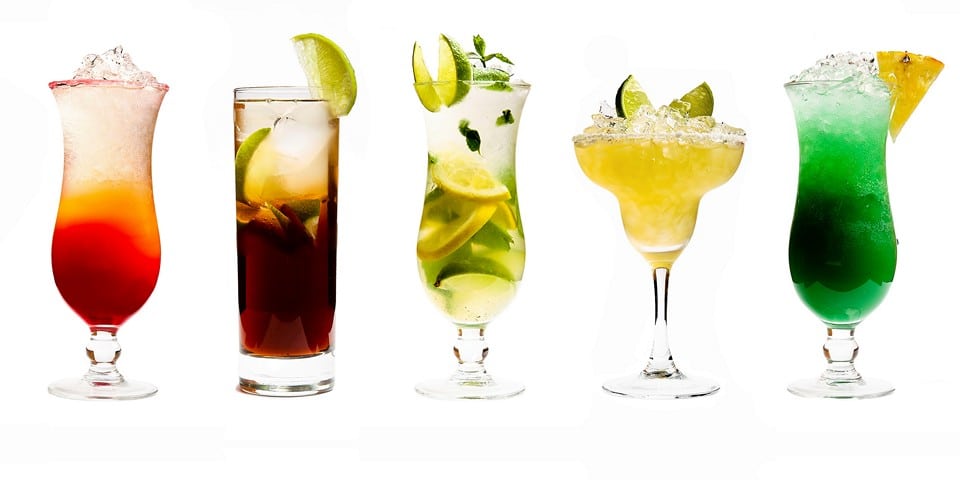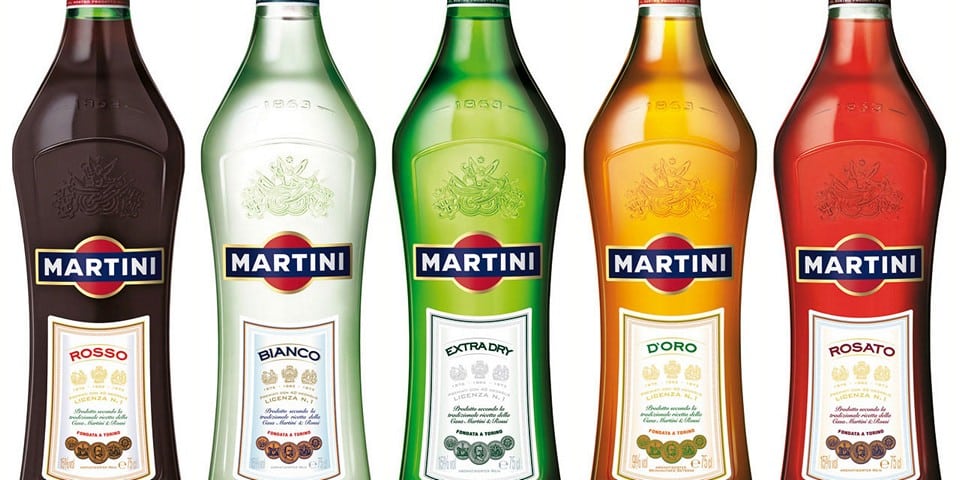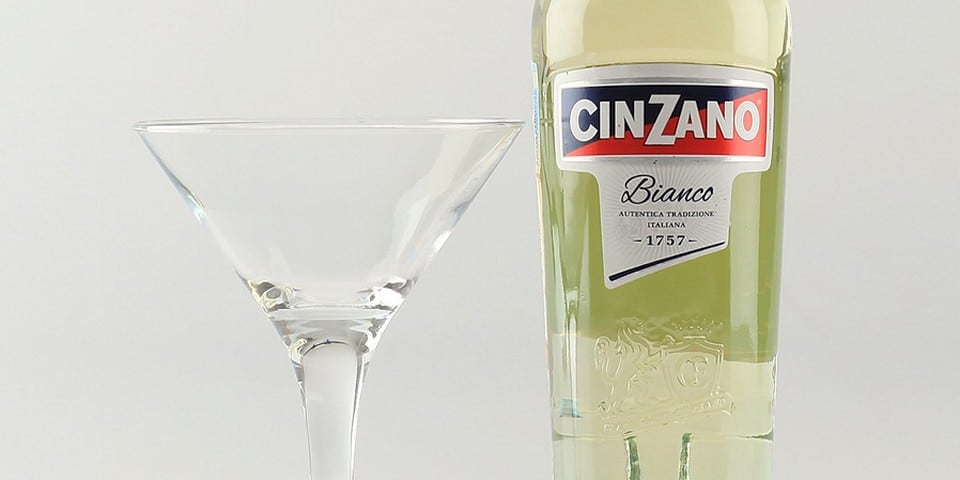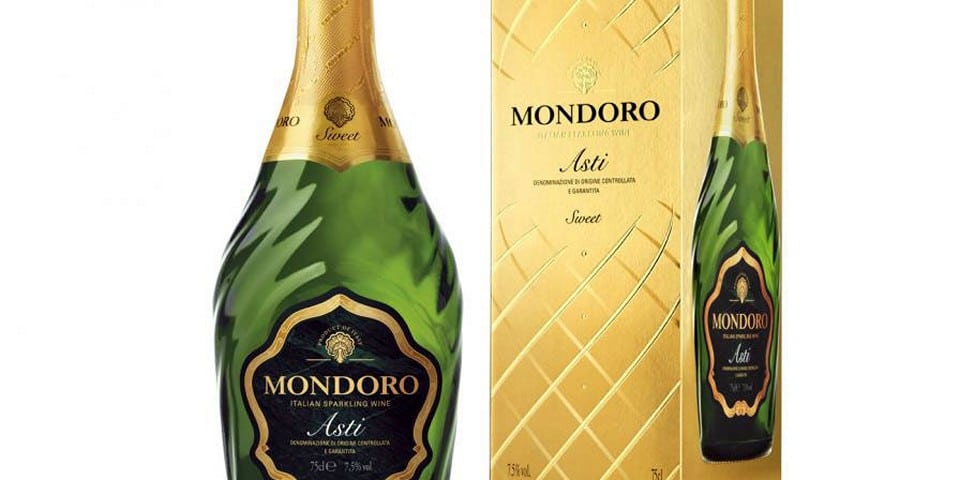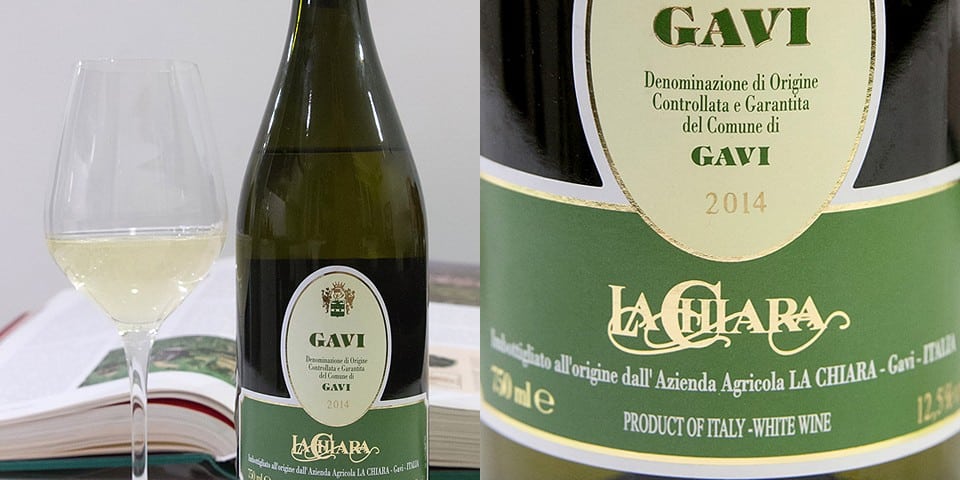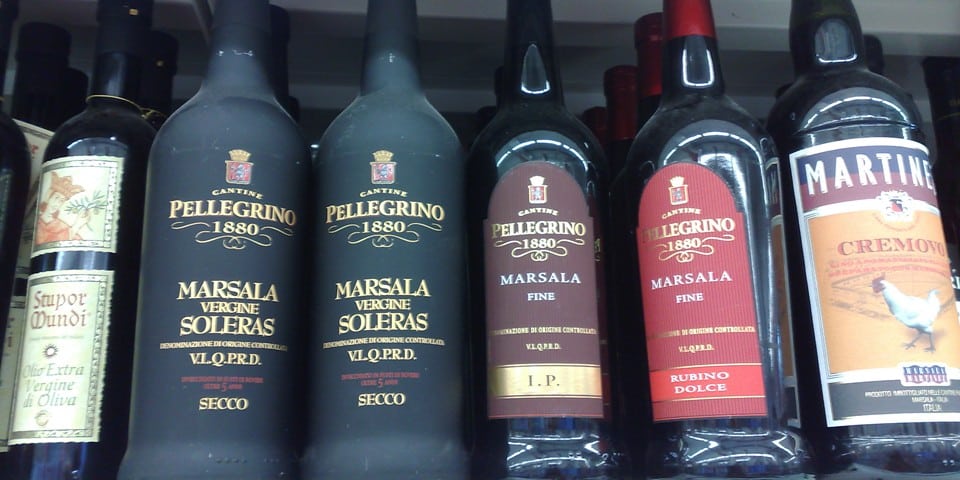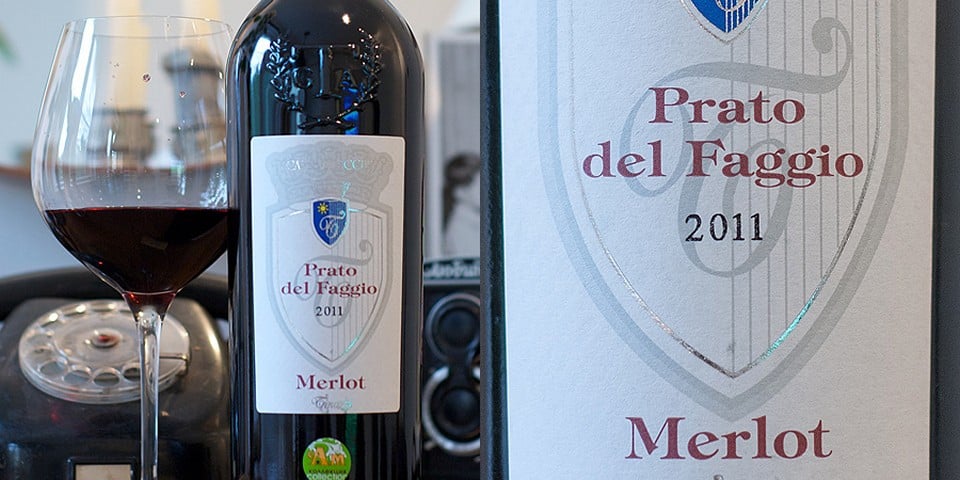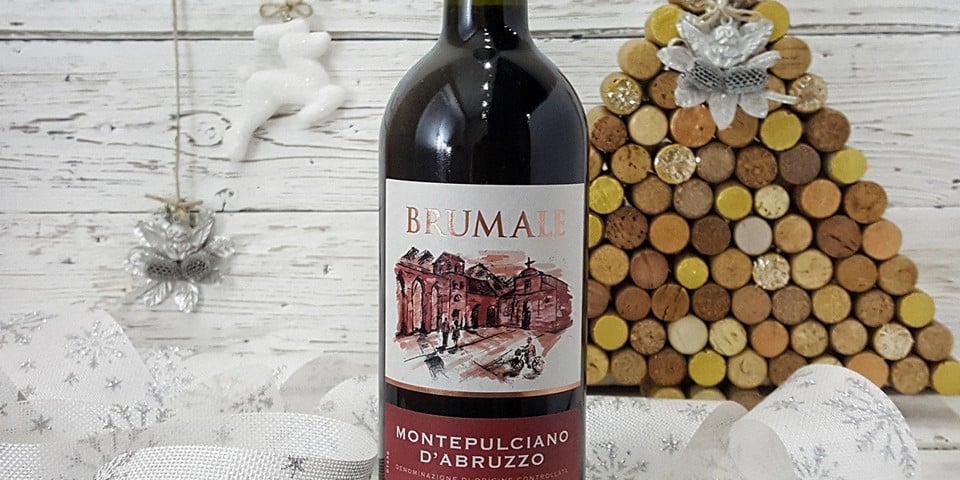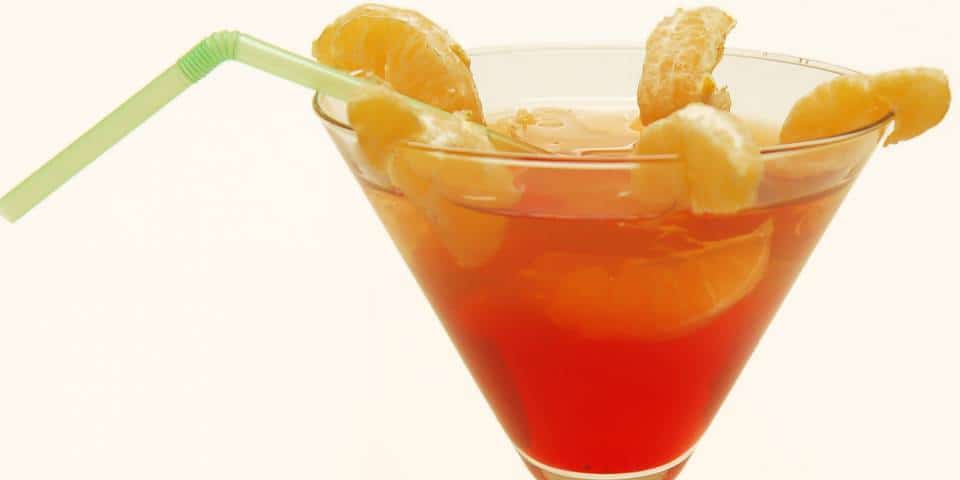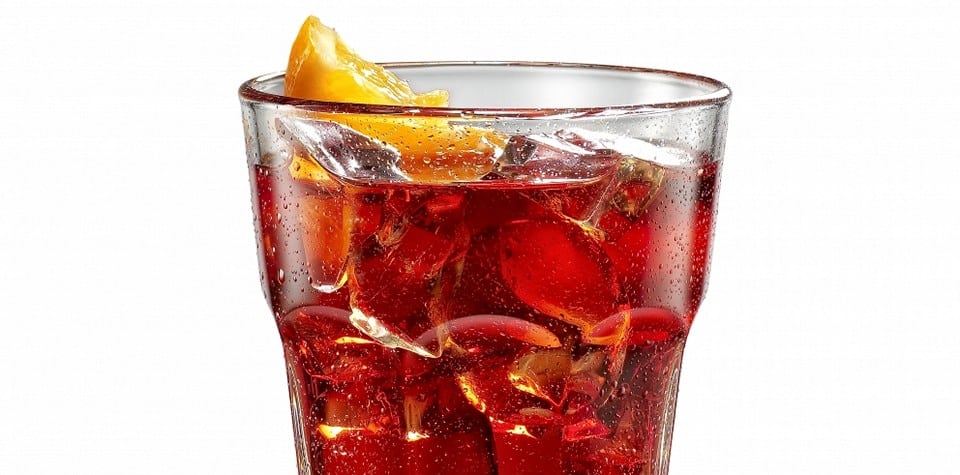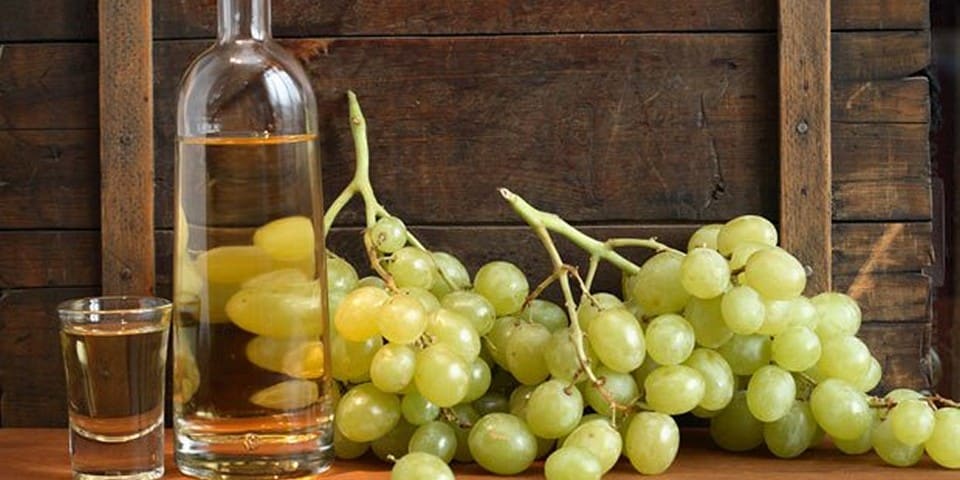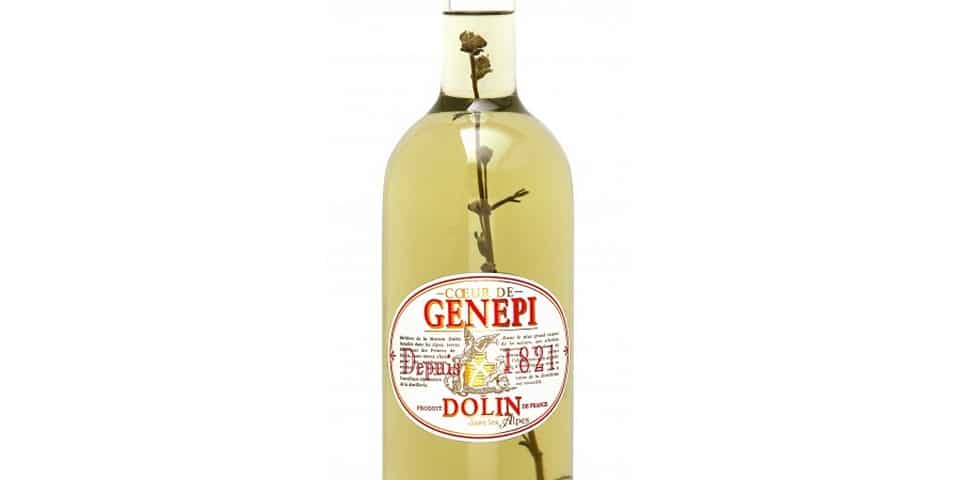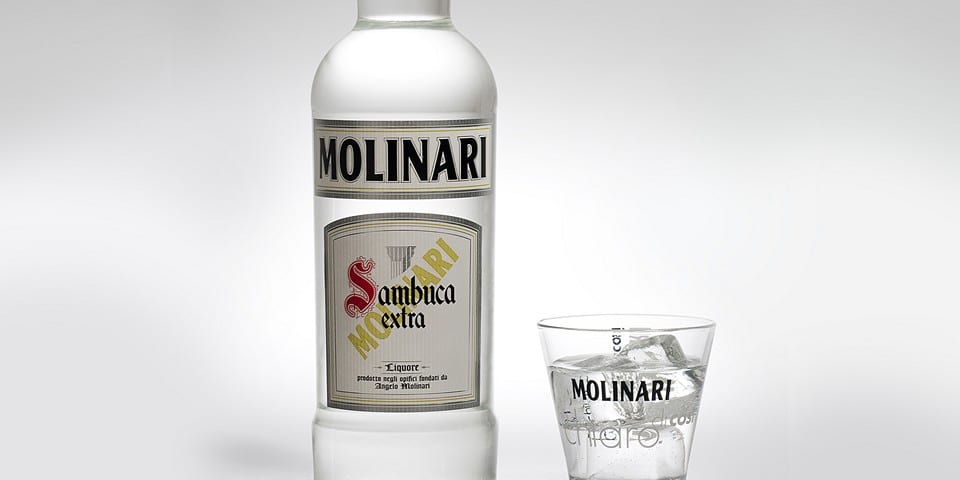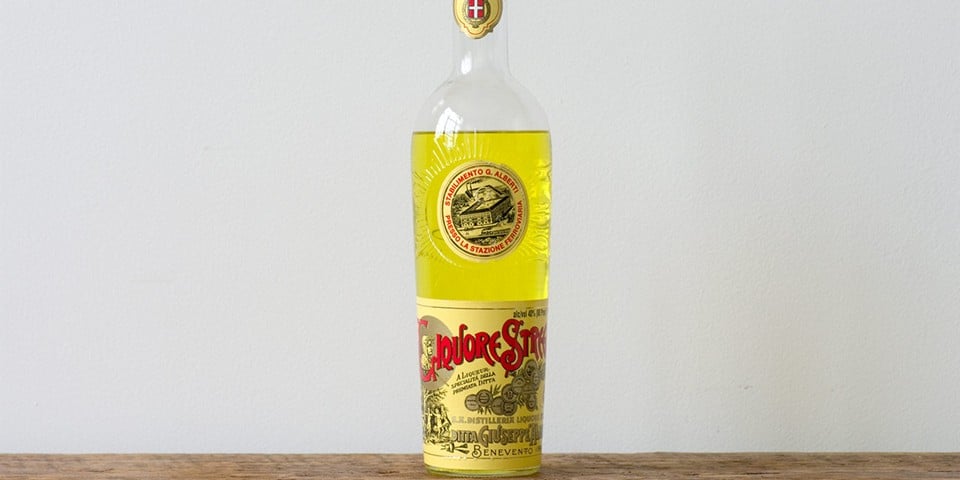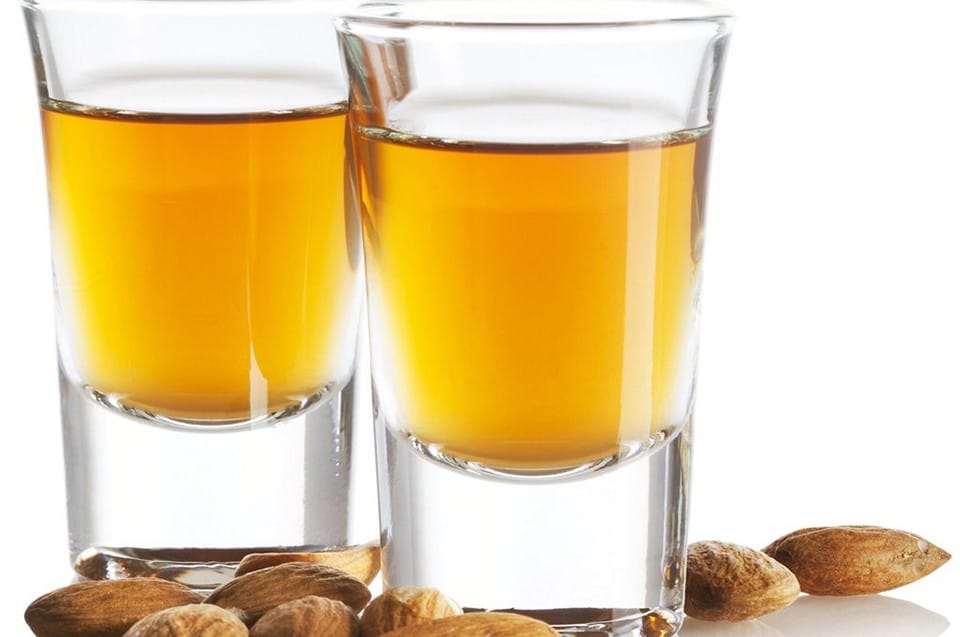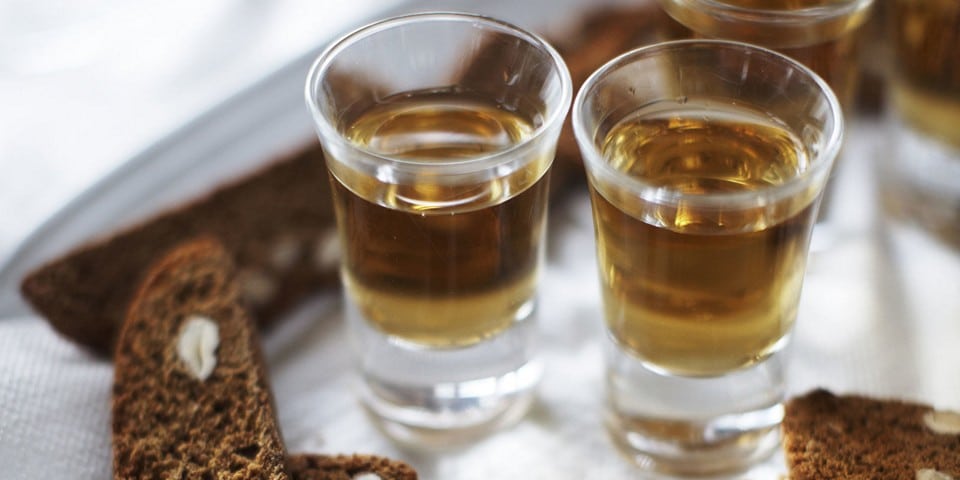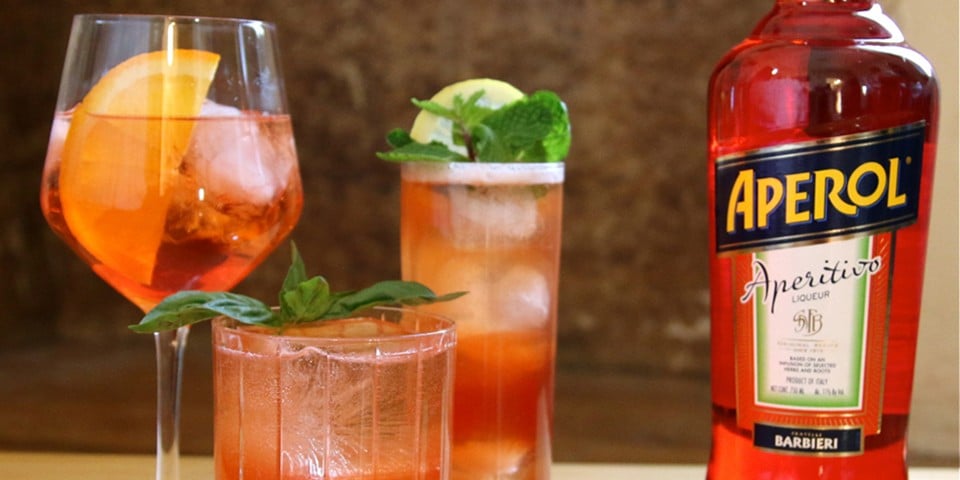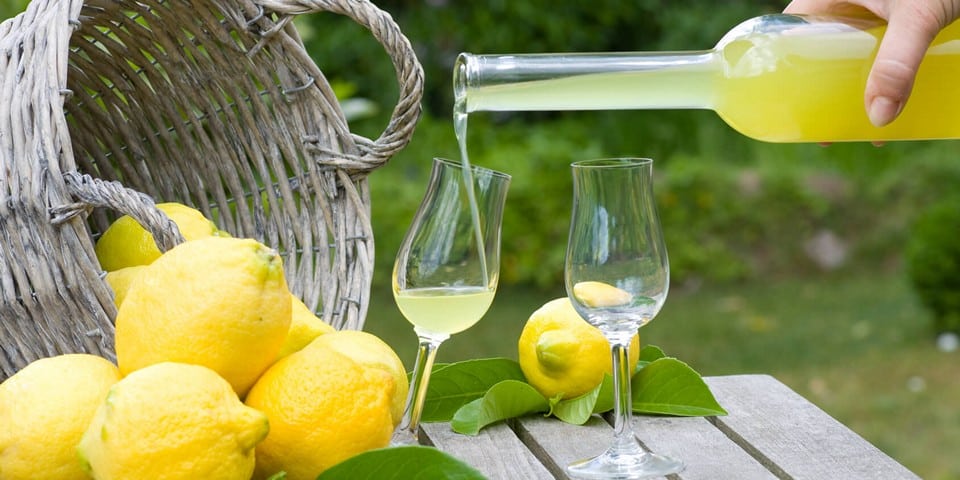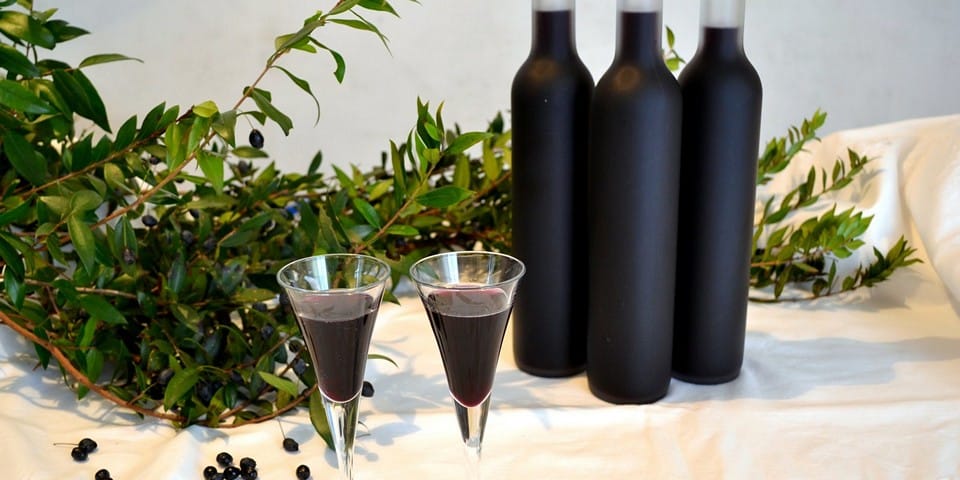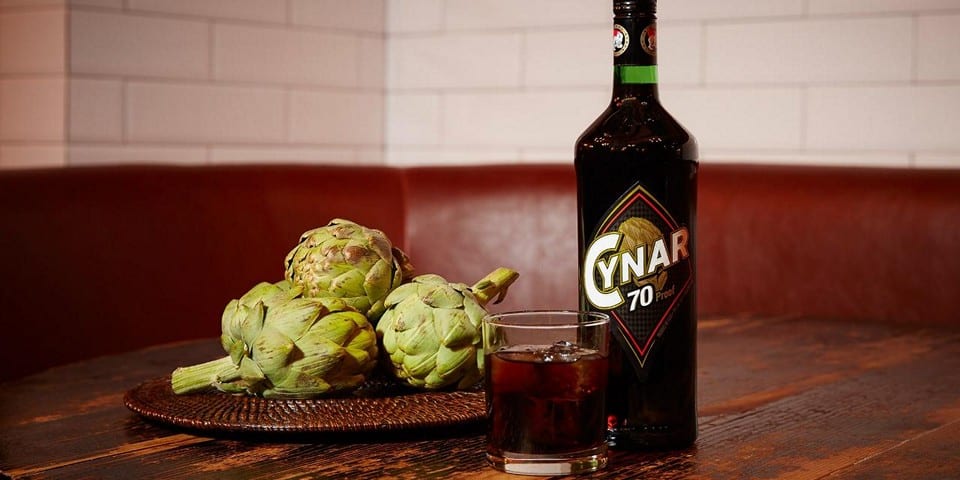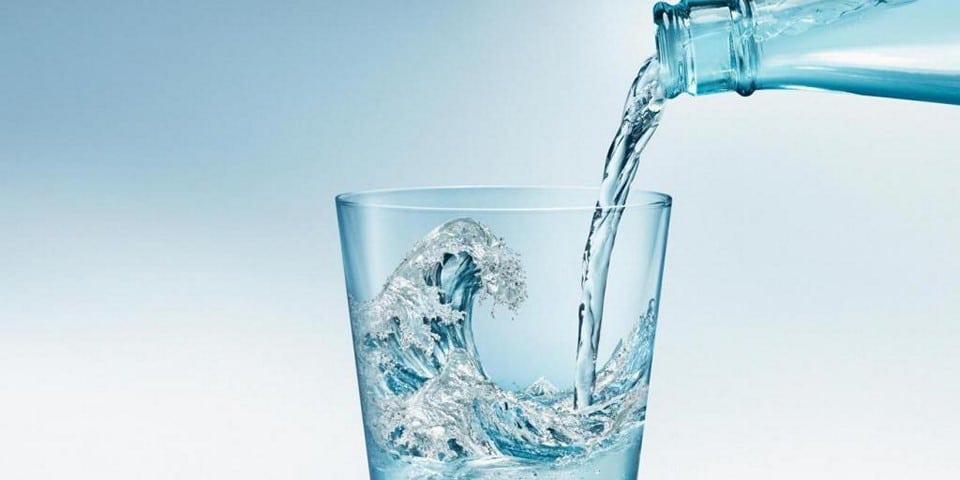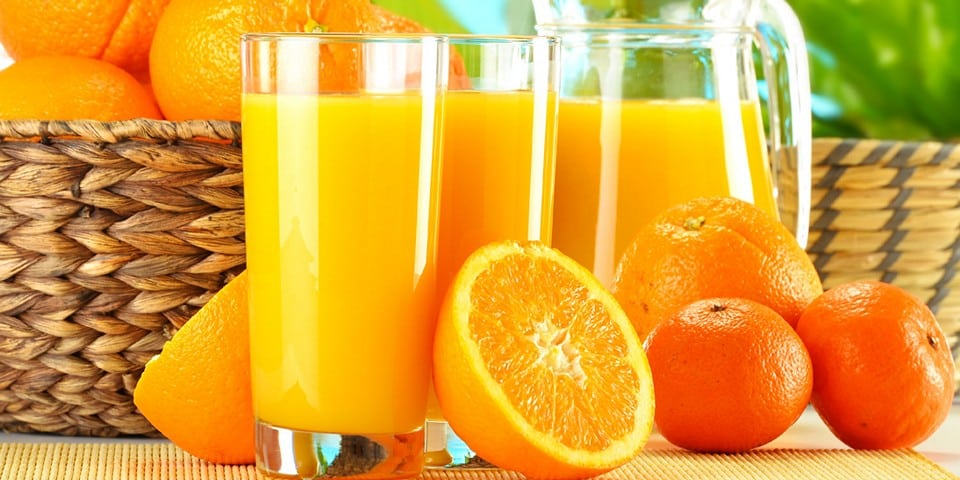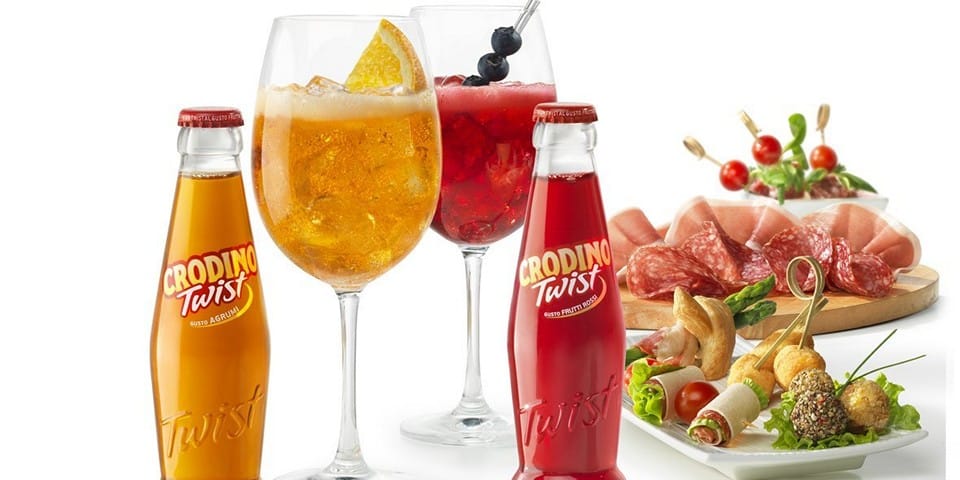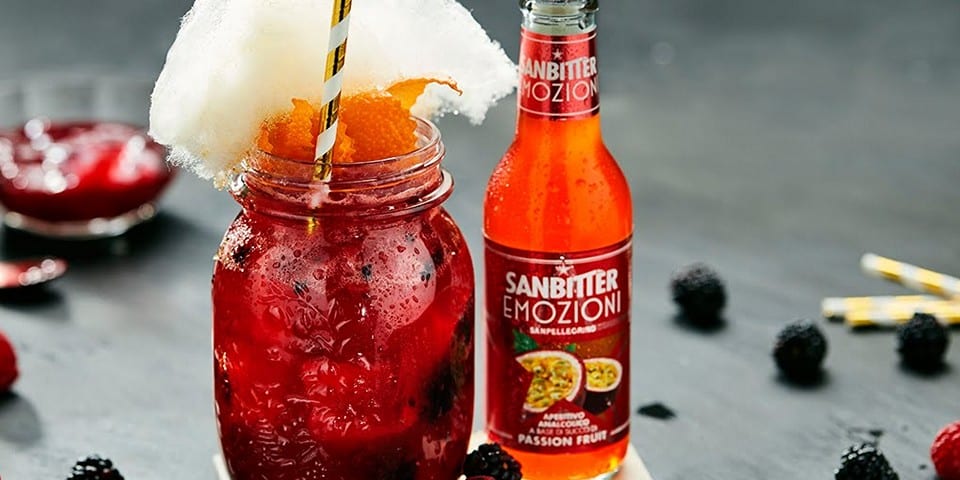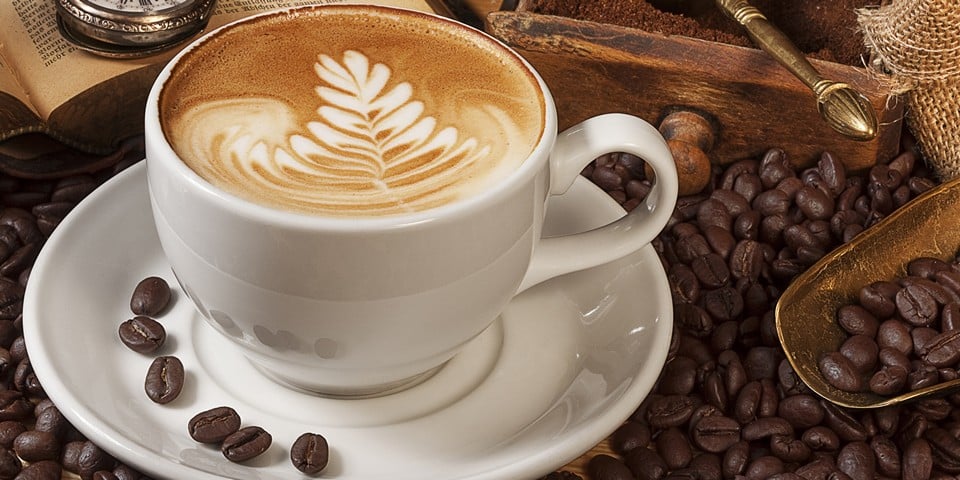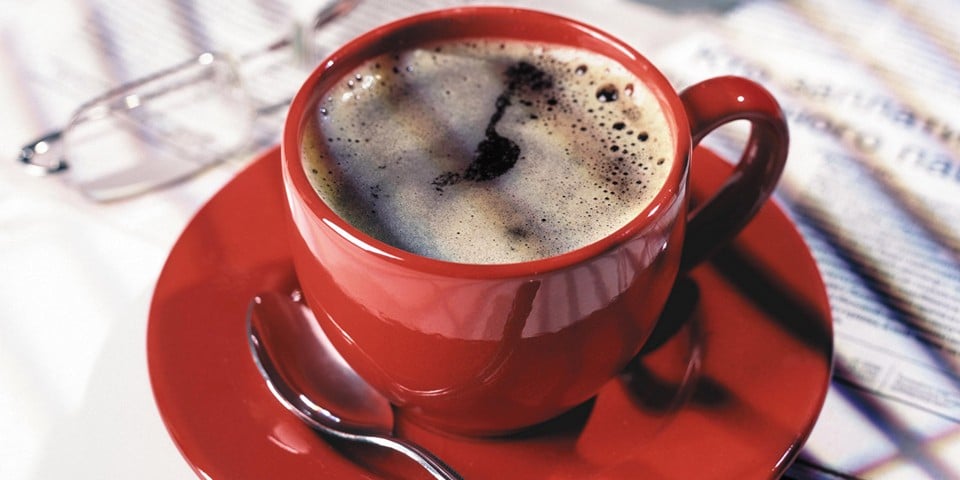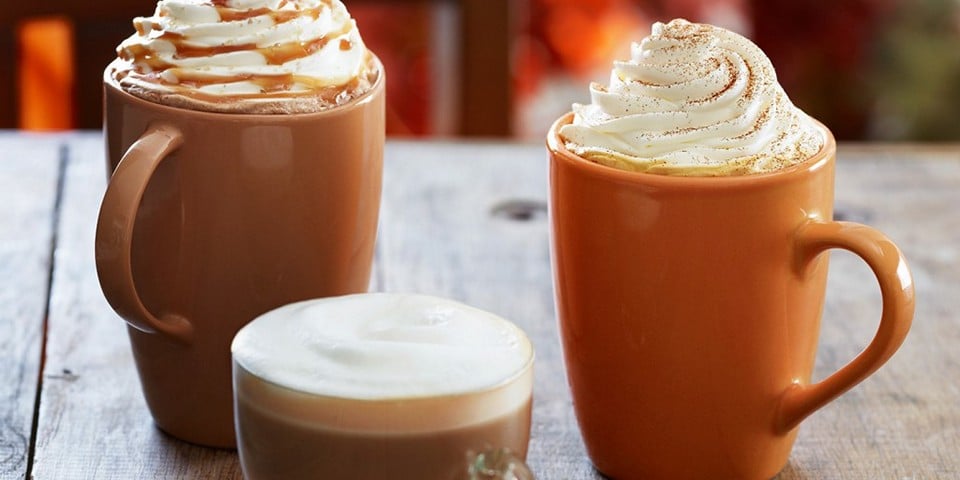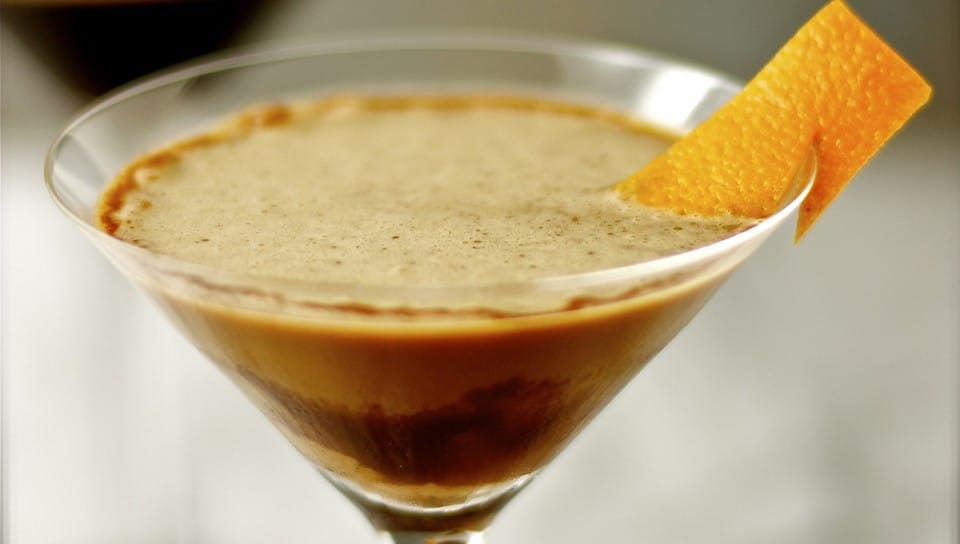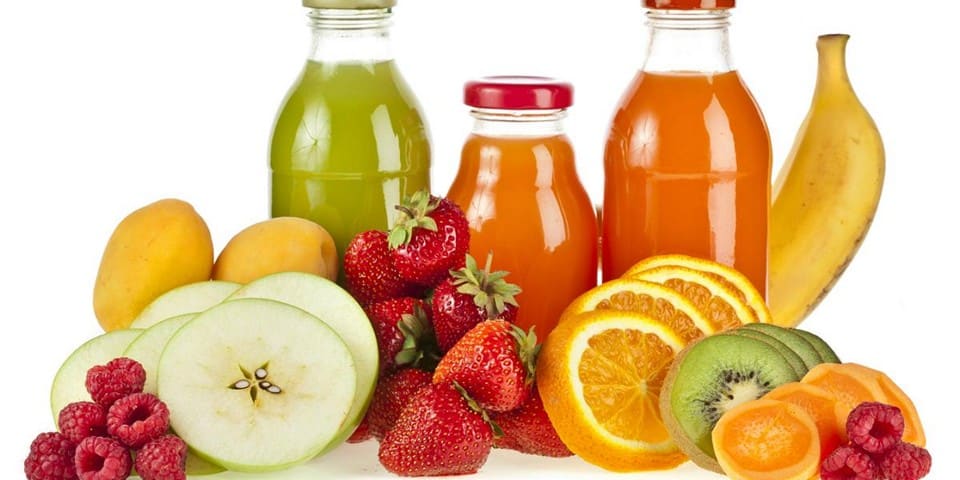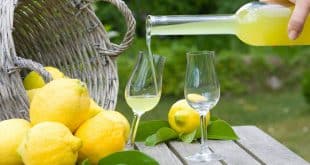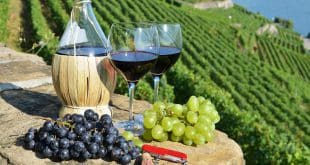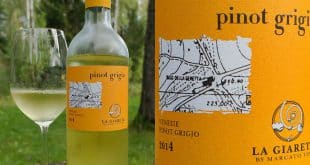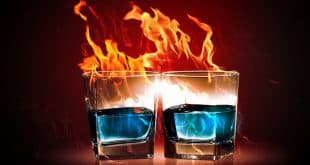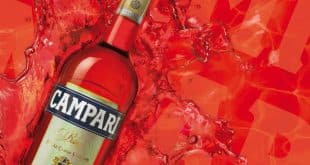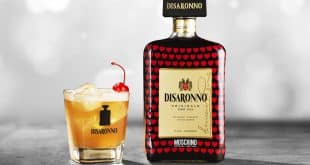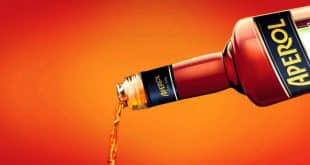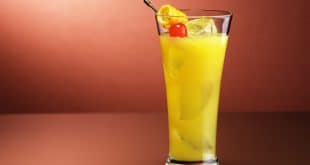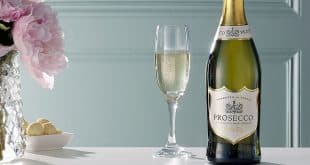Italian Drinks Guide
A person can survive without food for about a month and without water – just over a week. Yet, some picky individuals can’t handle a single meal without the right drink to accompany it. The Italian culinary world is rich with traditional beverages known in many countries. Italy has an excellent choice for every occasion, be it a pleasant dinner at home or a lively party at a cafe. To make an informed choice, one must be aware of all options. That’s why we decided to compile a complete guide to all of Spirited Italy’s traditional drinks.
Page Contents
Alcoholic
Italian alcoholic drinks have long traveled beyond the peninsula and have become favorites in many countries, to the extent that not everyone can pinpoint their origin. Wines, liqueurs, vermouths, strong spirits, and much more – you’ll find it all in Italy. For ease of search, we’ve listed the alcoholic beverages alphabetically.
Vermouths
Vermouths (Vermut) encompass red, rose, and white fortified wines infused with various spices.
The first of such drinks was created in 1786 in Turin (Torino). Recognized as traditional Italian food products, vermouths are essential ingredients in many famous cocktails. Although dry white beverages are credited to the French and the Italians are known for inventing sweet red versions, Italian factories produce all varieties of fortified wines.
Martini
Martini is the most famous Italian vermouth. It’s produced by Martini & Rossi, owned by the Bacardi-Martini group since 1993. The “Martini” brand epitomizes “made in Italy” and ranks third globally among alcoholic beverage producers. The label “vermouth” isn’t used on bottles anymore, as most Martini varieties have an alcohol content of 14.4%, below the threshold set for this category.
- Martini Bianco: Named after the white vanilla flowers, this vermouth is flavored with a blend of herbs and sweet spices. It possesses a pale straw color, an intense taste with pronounced sweetness, and a distinctive vanilla scent. Alcohol content: 14.4%.
- Martini Rosso or Red: This drink has a dark caramel color and features a robust, pleasantly bitter taste. Served with ice cubes or paired with citrus. Alcohol content: 14.4%.
- Martini Rosato: A vermouth with a balanced fruity-spicy aroma. Notes of cloves, cinnamon, and nutmeg perfectly complement the freshness of raspberry and lemon. The color is pink but not intense. Typically consumed neat or diluted with lemon juice. Alcohol content: 14.4%.
- Martini Extra Dry: A dry alcoholic beverage that originated in the early 20th century. This vermouth boasts a light-green straw color, a fruity-floral taste with subtle raspberry and lemon scents accentuated by hints of iris and woody undertones. Served chilled on its own. Alcohol content: 18%.
- Martini Bitter: A bright red, bitter vermouth. Its flavor is highlighted by orange and herb aromas. A pleasant balance between sweetness and bitterness is evident, with cardamom and cinnamon undertones giving way to rose and saffron notes in the aftertaste. Martini Bitter serves as an excellent cocktail base. Alcohol content reaches 25%.
Cinzano
Cinzano refers to beverages produced by the company bearing the same name and comes in several varieties.
- Cinzano Bianco: A vermouth based on white wine. Virtually colorless, its flavor is sweet, accentuated by notes of vanilla and spices. It can be served alone or mixed with juices. Alcohol content: 15%.
- Cinzano Rosso: This drink is made from red wine. It has a burgundy hue, with a citrusy flavor infused with hints of spices, fruits, and flowers, and a slightly bitter aftertaste. It’s consumed either on its own or diluted with apple juice. It pairs exceptionally well with cinnamon. Alcohol content: 14.8%.
- Cinzano Extra Dry: A vermouth derived from dry wine. The beverage showcases a pale straw color and a vivid taste enriched with berry and herb aromas. It’s a key ingredient in various cocktails. Alcohol content: 14.8%.
Wines
Wine has become a vivid symbol of Italy. Thus, many believe Italians drink only wine. The variety of wines from the peninsula is astonishing. We could describe them endlessly, but let’s focus on those most popular among domestic consumers.
Amarone
Amarone della Valpolicella is a red, dry wine classified under the DOCG category. It’s exclusively produced in Valpolicella, within the Verona province. What sets this beverage apart is its manufacturing process, which involves using pre-withered grapes. Through this process, grapes lose about 40-45% of their weight. After fermentation, the residual sugar content shouldn’t exceed 1.1 g/l. If the sugar residue is significantly higher, the resulting wine is called Recioto.
The drink boasts a garnet color and a spicy taste with an almond aftertaste. Its aroma is rich with dried fruit, chocolate, and berry undertones. It contains around 14% alcohol.
It pairs wonderfully with braised vegetables, roasted meats (especially game), and various cheeses. Best served at 64-68°F (18-20°C).
Featured Article: What do Italian Food Abbreviations Mean?
Asti
Asti or Asti Spumante is a white, sparkling, sweet wine, also classified under the DOCG category. Made from the White Muscat grape using the Martinotti double fermentation method, this drink is pale yellow with a sweet, balanced flavor. It has a distinctive aroma of white muscat. Its alcohol content ranges between 7-9%.
It harmonizes beautifully with fruits and sweets, making it a delightful end to a meal. Best served at 43-46°F (6-8°C).
Bardolino
Bardolino is a red, dry wine from the DOC category originating from the Verona province. Main grape varieties include Corvina, Rondinella, and Molinara. The drink has a ruby-red hue with a cherry tint, which darkens as it matures. Its flavor is fruit-forward, harmonious with a hint of bitterness, and boasts an alcohol content of 10.5%.
Bardolino is consumed with soups, fried meats, snails, and mature cheese. Best served at 60.8-64.4°F (16-18°C).
Barolo
Barolo is a red, dry wine from the Piedmont region. Made from the Nebbiolo grape, it’s often referred to as one of the finest wines of Italy. From harvest to bottle, it takes around 38 months, with 18 of those months spent maturing in wooden casks. Depending on age, its color varies from ruby to garnet. It has a rich taste with hints of roses, dried fruits, mint, plum, and white truffle. Tannins are pronounced. Alcohol content ranges between 13-15%.
Barolo pairs perfectly with dishes low in protein, such as braised vegetables, pasta, and risotto. In Piedmont, the wine accompanies roasted meats. Best served at 60.8-64.4°F (16-18°C).
Gavi
Gavi is a dry white wine from the Alessandria province. Since 1998, it’s classified under the DOCG category. This wine is made from the Cortese grape variety. It boasts a straw-like color with a gentle and neutral aroma. Its taste carries a somewhat tart flavor complemented by enduring fruity notes. Young wines aged about a year are considered the best, although they can age up to 2-3 years. Gavi pairs excellently with fish and should be served at 48°F (9°C).
Chianti
Chianti is a red dry wine with a DOCG status from the Tuscany. It’s primarily produced from the Sangiovese grape, but other permitted grape varieties might make up 10-15% of its composition. The wine has a ruby hue that turns garnet with age. Its fruity flavor harmonizes with a rich wine scent and a hint of violet. The wine has a minimum alcohol content of 11.5%. It’s recommended to pair Chianti with grilled dishes, game, mature (yet not spicy) cheeses, and starters. The ideal serving temperature is between 60°F and 64°F (16-18°C).
Read about Traditional Food in Florence and Tuscany.
Lambrusco
Lambrusco refers to various wines produced from the grape of the same name. Some belong to the DOC category, while others fall under IGP. The most prized variant is Lambrusco di Sorbara from the Modena province. This wine can be red, dry, or semi-sweet and comes with strawberry, raspberry, and cherry aromas.
Sparkling versions of Lambrusco are available in dry, semi-sweet, and sweet variations. This beverage pairs wonderfully with pork, lamb, and hard cheeses. In the culinary world, it’s a key ingredient in dishes like risotto and is also a base for certain cocktails. Serving temperatures range from 57°F to 60°F (14-16°C).
Marsala
Marsala is a fortified Sicilian wine with a DOC classification. The Oro (gold) and Ambra (amber) varieties derive their colors from grape varieties like Grillo, Catarratto, Ansonica, and Damaskino. The Rubino (ruby) version is made from red-berried vines like Perricone. After grape fermentation, ethyl alcohol is added to increase its potency. The youngest Marsala wine is Marsala Fine, aged about a year, while the most mature is Marsala Vergine or Soleras Riserva, aged over 10 years.
Marsala comes in three sweetness levels based on residual sugar content:
- Dry – 40 g/l
- Semi-dry – 40-100 g/l
- Sweet – more than 100 g/l
The alcohol content in the wine varies between 15 and 20%. Traditionally, Marsala is served as an aperitif between appetizers and main courses. It pairs splendidly with spicy cheeses, fruits, and baked goods. This wine is also used in preparing sauces, risottos, desserts, and as a meat marinade. The optimal serving temperature is 68°F (20°C).
Merlot
Merlot is a red wine made from the grape of the same name, predominantly grown in the Friuli-Venezia Giulia region. Despite its high quality, it hasn’t achieved widespread popularity in Italy. The styles of Italian Merlot wines vary significantly from region to region and producer to producer.
Merlot wines have a ruby-red hue. They are deep, velvety, and rich, complemented by flavors of blackberries, cherries, and black currants. A distinct feature of this category of beverages is the recognizable herbal aroma.
Merlot pairs excellently with both white and red meat, cheeses, game, and sausages. The ideal serving temperature is between 59°F and 62°F (15-17°C).
Montepulciano d’Abruzzo
Montepulciano d’Abruzzo is a red wine with a DOC classification. It’s produced from the Montepulciano grape. This wine should not be confused with Vino Nobile di Montepulciano, as the latter is made from a different variety of grape. The wine has a deep ruby-red color with a slight violet hue. It has a full, dry taste with aromas of wild berries and spices and an alcohol content of around 12%.
It’s best paired with pork and lamb grilled dishes. More mature wines go well with roasted beef and sheep cheese. Serving temperatures range between 64°F and 73°F (18-23°C).
Prosecco
Prosecco is a white wine under the DOC classification. In 2014, it surpassed French champagne in terms of global bottle sales. It’s produced in the Veneto and Friuli-Venezia Giulia regions and is available in both “still” and sparkling variants. Regardless of the variant, the beverage has a straw color with a fresh fruity taste. Its aroma is filled with notes of apples, pears, peaches, and apricots. The alcohol content varies between 9% and 11.5%. In Italy, there’s an IGT category Prosecco, which is significantly lower in price and quality.
Prosecco is best consumed young (up to 3 years), although particularly high-quality beverages can age up to 7 years. The wine pairs perfectly with seafood dishes. The ideal serving temperature is between 50°F and 53.6°F (10-12°C).
Cocktails
To be fair, Italians traditionally do not have a cocktail culture. Most prefer their drinks straight or with simple additions, such as soda or juice. However, there are cocktail recipes that are intrinsically Italian.
Bellini
Bellini is a cocktail that belongs to the Sparkling category. The drink was invented by Giuseppe Cipriani in Venice in 1934. It’s made from 10 parts sparkling wine (prosecco or asti spumante) and 5 parts white peach pulp. For a non-alcoholic version, sparkling juices and waters are used instead of champagne. Bellini was a favorite aperitif of Ernest Hemingway.
Garibaldi
Garibaldi is a low-alcohol cocktail named after Giuseppe Garibaldi. It was invented in the 1960s. The cocktail consists of 3 parts Campari, a bitter liqueur, and 7 parts orange juice. It’s usually consumed as an aperitif.
Martini
The Martini cocktail is a drink invented in Liguria in 1910 by a bartender named Martini, who had no connection to the famous company. Today, there are many variations of the cocktail, though the original recipe includes only 8 parts gin and 2 parts dry vermouth.
Negroni
Negroni was invented in Florence in 1919. There’s a legend that Count Camillo Negroni asked the bartender to strengthen his favorite drink, the “Americano,” by adding gin instead of soda water. This simple adjustment gave birth to the famous Italian cocktail. Negroni is made of equal parts gin, sweet red vermouth, and Campari liqueur, garnished with orange zest. It’s considered an aperitif.
Spirits
In Italy, the category of strong alcoholic drinks includes not only infusions but also liqueurs. To highlight them amongst their counterparts, we’ve singled them out.
Grappa
Grappa is a strong alcoholic drink obtained by distilling grape material grown and fermented exclusively in Italy. To be called grappa, the drink must be derived from grape residues without adding water. The taste varies depending on the type of grape and the specifics of the distillation process.
There’s Grappa aromatica, made from aromatic grape varieties, and Grappa aromatizzata, enhanced with infusions of berries, nuts, herbs, and fruits. The main producers are companies like Nonino, Bocchino, and Berta. The alcohol content ranges from 35-60%. In Italy, grappa is served after dinner to help digest heavy food.
Genepi
Genepi is a liqueur typical for Piedmont and Valle d’Aosta. It’s made by macerating the herb alpine wormwood. The resulting infusion is then sweetened with sugar syrup. Alcohol content varies from 35 to 42%. The liqueur is served after meals at room temperature.
Sambuca
Sambuca is a sweet liqueur flavored with essential oils of anise and several types of herbs. The original recipe includes alcohol, spring water, sugar, anise extracts, and distillate from elderflowers (Sambucus nigra) – which is where the name comes from. The liqueur is thick, oily, with an intense anise aroma. The drink is almost transparent. Alcohol content ranges from 38 to 42%, depending on the producer.
There are several ways to consume sambuca:
- On its own with ice cubes;
- With 2-3 coffee beans added to the glass;
- Chased with chilled milk;
- The liqueur is set alight, covered with a hand until the flame goes out, then drunk warm.
Sambuca is used in many cocktails as an alternative to gin and vodka.
Strega
Strega, or “Witch”, is a herbal liqueur developed in 1860. The name “Witch” refers to legends about witchcraft in the city of Benevento. The characteristic yellow color of the liqueur is given by saffron, and its sweet herbal aroma is filled with notes of mint and fennel.
The magical drink contains over 70 ingredients, which are kept a strict secret. Even the workers involved in its preparation don’t know the composition. Herb packages are not labeled, only numbered. The drink’s strength is about 40%. It’s usually consumed neat and is also added to desserts (like Caprese cake).
Liqueurs
A liqueur is a sweet alcoholic drink made of alcohol, sugar, and water, flavored with plant extracts. Due to its pleasant taste, it is often preferred by women. Italians consume liqueurs not only on their own but also use them in various desserts.
Amaretto
Amaretto is a drink based on herbs and bitter almond. The original Disaronno Originale liqueur doesn’t have the word “amaretto” in its name. It’s derived from an infusion of apricot kernels, fruits, and 17 herbs. Despite its slightly bitter-sweet almond taste, the drink contains no nuts. The liqueur has a caramel color with an alcohol content of 28%. It’s served neat with ice or mixed with cranberry, orange juice, or coffee. Amaretto is a key ingredient in many cocktails, desserts like Tiramisu, mousses, cupcakes, and ice cream.
Amaro
Amaro is an alcoholic beverage flavored with various herbs. Its name translates as “bitter,” which speaks for itself. There are dozens of varieties of this liqueur, the most popular of which are Averna, Ramazzotti, Lucano, and Montenegro. Most of them have a sweet-bitter taste. The alcohol content ranges from 27% to 42%. The liqueur is served chilled as a post-meal digestif.
Aperol
Aperol is an Italian liqueur created in 1919 by the Barbieri brothers. Since 2003, its production belongs to the Campari Group. Aperol is often referred to as vermouth, although by composition it’s a real liqueur. The drink is orange-red with a sweet-sour taste and a subtle bitterness.
Aperol is flavored with bitter oranges, gentian, and rhubarb leaves. Its strength is 11%. The full recipe has remained unchanged since its creation and is kept secret. The drink is usually served chilled, often mixed with soda water rather than on its own.
Campari
Campari is a drink produced by the company of the same name. Invented in 1860 in Milan by Gaspare Campari. The liqueur has an intense ruby color and a sweet-bitter taste, flavored with an infusion of herbs and fruits with bitterness. The alcohol content ranges from 20.5% to 28.5%. It’s served undiluted or mixed with mineral water, soda, or white wine.
Limoncello
Limoncello is a lemon liqueur mainly produced in the south of Italy. In the northern part of the country, the drink is often called Limoncino. To make it, lemon zest is infused in alcohol, and then the resulting extraction of oils is mixed with a sugar syrup. The drink is bright yellow. The taste is lemony but not sour, as it doesn’t contain citrus juice. If the zest is roughly cleaned, the liqueur can have a slightly bitter aftertaste.
The strength varies depending on the producer from 20 to 40%, but the most popular limoncello has an alcohol content of 30%. It’s served on its own as a digestif, as well as in cocktails. It’s best consumed chilled.
Similar to Limoncello, other liqueurs are produced in Italy:
- Fragolino – made from strawberries;
- Maraschino – made from cherries;
- Nocino – made from nuts and walnut husk.
Mirto
Mirto is a bitter Sardinian liqueur. Its official name is Mirto di Sardegna. It’s obtained by macerating berries and leaves of myrtle.
There are 2 varieties of the drink: Rosso (Red), made from berries, and Bianco (White) – made from leaves.
The alcohol content is 30-32%. The liqueur is served chilled and to achieve the optimal serving temperature, it’s stored in the freezer (the bottle is specially made of thick glass). Mirto is used as a filling for some candies.
Cynar
Cynar is a bitter liqueur flavored with 13 varieties of herbs and plants. The drink’s name comes from Cynar scolymus, the botanical name of artichoke. Its leaves give the drink its special aroma.
The liqueur has a dark brown color and a bitter-sweet taste with a refreshing herbal scent. The strength is 16.5%. Cynar is consumed as a digestif and is also used in cocktails. In Europe, it’s customary to mix it with orange juice.
Beer
Believe it or not, Italians also drink beer. The most famous beer brands in Italy are about 150 years old. These are Birra Moretti from Udine and Peroni, originally from Pavia but now produced in Rome.
In the last 10 years, the popularity of brewed beverages has significantly grown in the republic. There’s a steady increase in the number of small breweries in the country. Italians prefer classic beers with a strength of no more than 6%.
Featured Article: Where can you try craft beer in Rome?
Non-alcoholic drinks
Alcohol is good in the right place at the right time, and everyday days are brightened up with light “elixirs”. Modern Italians might have a taste for foreign influences like cola and Fanta, but there are still non-alcoholic drinks that are 100% “made in Italy”. Sparkling waters and aromatic juices are perfect for summer heat, hot coffee – for winter evenings.
Carbonated
Italy ranks 1st in Europe and 3rd in the world in terms of mineral water consumption. Residents of the country prefer it as a regular drink. Mineral water and wine are the most common drinks during meals. Sweet carbonated drinks are more often consumed during snacks.
Aranciata
Aranciata is a beverage based on orange juice, water, sugar, and carbon dioxide. It’s a more natural analogue of Fanta, invented in 1932. The Sanpellegrino company produces Aranciata in two versions: regular and bitter. Thanks to the high-quality water and natural orange flavor, the drink has surpassed its American counterpart in sales.
Crodino
Crodino is a non-alcoholic Italian aperitif. It hit the drink market on December 1, 1964, as Picador, then became “Biondino”, and on July 14, 1965, it acquired its final modern name.
The drink’s recipe is kept secret, but it is known that the ingredients include cloves, cardamom, coriander, and nutmeg. The solution is aged in oak barrels to give it a characteristic bitterness. Crodino has an orange color and a spicy taste. It is consumed on its own and as part of non-alcoholic cocktails.
Sanbittèr
Sanbittèr is a bitter non-alcoholic drink mainly used for preparing cocktails as an alternative to Campari. It began production in 1970 under the name San Pellegrino Bitter. Today, it’s simply called Sanbittèr, but the recipe remains original.
It’s a strawberry-colored beverage with a taste of citrus and herbs. In addition to the classic red (Rosso), there’s also Sanbittèr Dry (without colorants) and Sanbittèr Gold (yellow). Sanbittèr is popular among Italian youth as an everyday drink.
Chinotto
Chinotto is the most famous non-alcoholic drink in Italy. It’s made from the juice of the citrus fruit (Citrus myrtifolia) and other plant extracts. It’s a sparkling, dark-colored beverage with a bitter taste.
The modern version is much sweeter than the original. Chinotto is Italy’s answer to American Coca-Cola. The best-selling brand of the drink is Sanpellegrino, although connoisseurs claim that the Neri company produces the best recipe.
Coffee
When thinking of Italian coffee, espresso likely springs to mind first. Order a coffee in Italy, and you’ll automatically be served an espresso. It’s the nation’s favored beverage, consumed not just for breakfast but throughout the day in petite cups. Mixed with various additives, espresso morphs into diverse invigorating drinks.
Cappuccino
Cappuccino is a coffee concoction traditionally made with a double shot of espresso, milk, and foam. Its name translates as “hood”, reminiscent of the hue of the Capuchin monks’ robes. Some cappuccino twists swap milk with cream, and might even include cinnamon or chocolate shavings.
Typically consumed in small volumes (around 6 oz or 180 mL), it has a foam layer about 0.4 inches (1 cm) thick. Modern Italians indulge in cappuccinos only before 11 a.m. If served in the evening, which is rare, they enjoy it strictly post-dessert.
Caffè d’orzo
Caffè d’orzo is an Italian caffeine-free coffee alternative. Essentially, it isn’t coffee since it’s purely barley-based. This barley undergoes a drying, roasting, and grinding process.
In both color and taste, Orzo closely resembles coffee. It’s a superb choice for kids and those sensitive to caffeine. Adding citrus to the drink grants it a refined flavor.
Caffe latte
Caffe latte, resembling cappuccino to an extent, is another coffee drink. If you were to order just “latte” from an Italian bartender, you’d likely get a glass of regular milk. The name translates directly to “coffee with milk.” In this version, the milk content is double the coffee portion. Hence, similar to cappuccinos, Italians sip caffe latte only before 11 a.m. There’s an iced version where espresso and milk are poured over ice cubes, more popular in the U.S. than in Italy.
Macchiato
Macchiato is a coffee drink with a modest amount of milk. As Italians put it, “An espresso married a cappuccino, and their offspring was a slightly frothy macchiato.” The idea is that the milk doesn’t overpower the coffee’s taste but rather adds a hint of sweetness. The drink has variations: Caldo (with a spoonful of milk), Freddo (with a drop of cold milk), and Con schiuma di latte (with milk foam). Italians enjoy a macchiato at any time of the day.
Marocchino
Marocchino is a coffee delicacy originating from Alessandria. It’s an espresso topped with a layer of milk foam, served in a glass mug dusted with cocoa. It’s creamier than a macchiato. In Northern Italy, the espresso is mixed with rich hot chocolate and then topped with foam.
Ristretto
Ristretto, which translates to “restricted”, is a traditional potent espresso. It’s brewed by forcing 60 ml of water through 14-18 grams of finely ground coffee, resulting in a deep, dark chocolate-colored drink.
Despite its intensified coffee flavor, a ristretto contains less caffeine than an espresso. This is because the initial extraction process draws out the essential oils responsible for coffee’s distinctive aroma, while caffeine gets extracted later on. The flavor profile is rich and concentrated. When served, a ristretto often comes with a glass of cold water on the side, allowing one to cleanse the palate between sips, ensuring that each sip feels as invigorating as the first.
Shakerato
Shakerato is a coffee-based beverage made with espresso, vanilla liqueur, and a few ice cubes. Prepared in a shaker, it attains a frothy consistency. This drink is incredibly refreshing, especially on sweltering days.
Juices
While Italy might not be world-renowned for its juices, these beverages still enjoy popularity among the locals. As per the legislative act from May 21, 2004, Italian juice manufacturers are mandated to classify their products as:
- Fruit Juice (Succo di frutta): A product derived directly from fresh fruits, containing 100% juice.
- Fruit Juice from Concentrate (Succo di frutta da concentrato): A beverage prepared by reconstituting concentrated fruit juice. This process is accomplished strictly by adding pure water.
- Nectar (Nettare): A mixture of water and fruit puree, where the puree content varies from 25% to 50% of the total volume, depending on the type of fruit.
- Non-alcoholic Fruit-based Drink (Bevanda analcolica a base di frutta): The fruit content ranges from 12% to 20%. Often, the exact juice percentage isn’t specified on the label.
An additional noteworthy piece of information is that, in 2015, Italy passed a law stipulating that natural juices must not contain any added sugar. This is because the inherent fructose from fruits already imparts sufficient sweetness to the drink.
This sums up the myriad of traditional Italian beverages. So, embrace wholeheartedly, laugh genuinely, travel with zeal, and always remember: “They don’t live to drink. They drink to live. To live light-heartedly and diversely. To live like the Italians!”
 Italy for me From Italy with love
Italy for me From Italy with love

